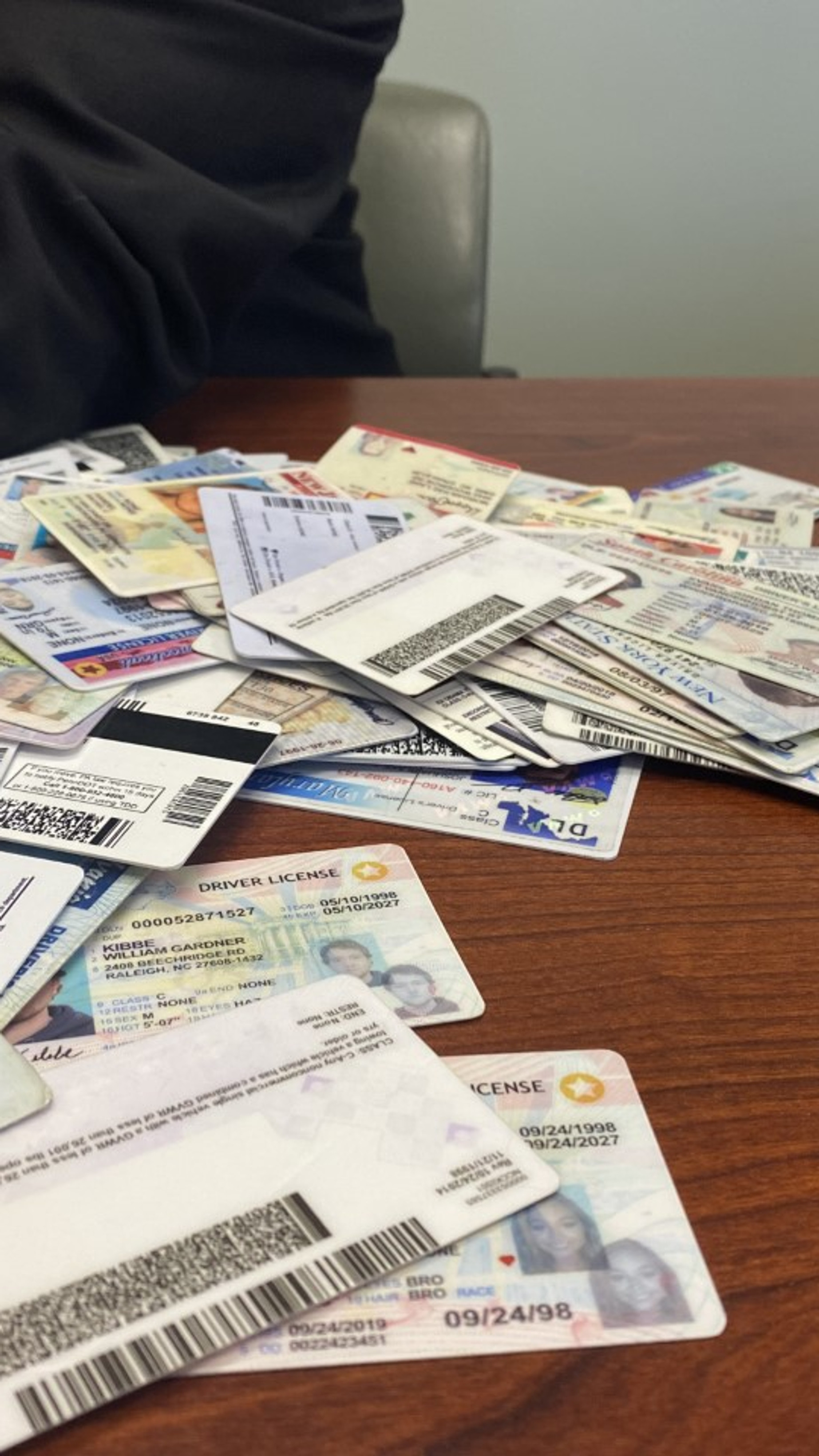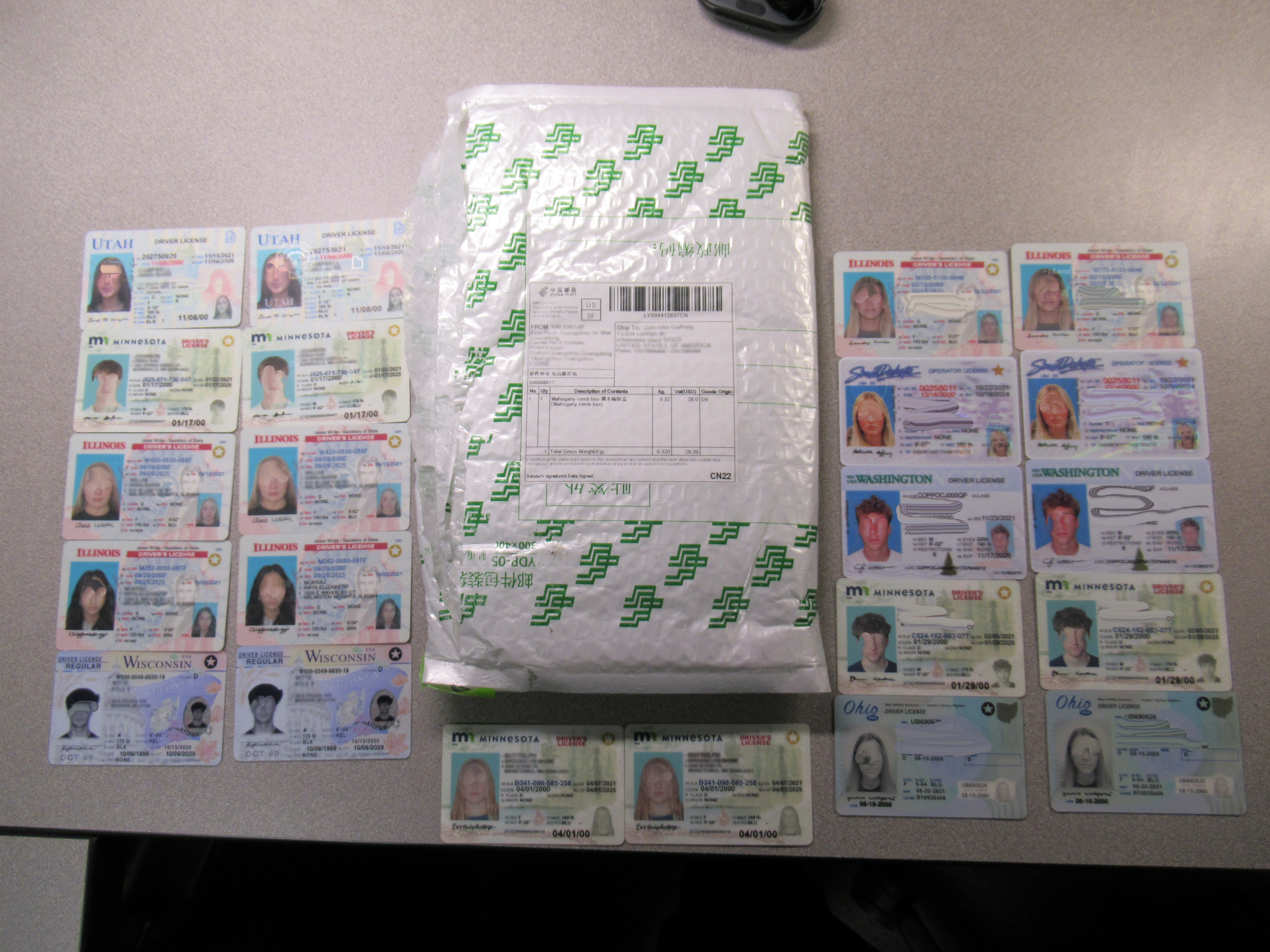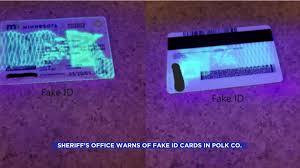Fake ID Quality Analysis
Introduction:
Fake IDs have been around for decades, but with the increasing technological advancements, counterfeit identification documents have become far more sophisticated and harder to spot. This article delves into the realm of fake ID quality, examining the methods used to create fake IDs, how consumers and businesses can assess their quality, and why understanding this issue is becoming more critical in today's digital age.
1. Understanding Fake IDs: An Overview
Fake IDs are forged documents designed to resemble legitimate government-issued identification. People use them for various reasons—some out of necessity, others out of a desire to bypass certain laws or regulations. Common uses include buying alcohol, entering restricted areas, and accessing online services that require age verification.
Types of Fake IDs:
- Counterfeit ID: Entirely fake IDs created from scratch, often using stolen templates.
- Altered ID: A legitimate ID that has been altered to reflect a false identity.
- Duplicate ID: A legitimate ID issued with fraudulent information.
2. The Anatomy of a Fake ID: How Are They Made?
At the core of understanding fake IDs lies the manufacturing process. The creation of a fake ID typically involves several steps and tools, from digital image manipulation to high-quality printing techniques. This section will explore how counterfeiters employ various tools and methods to produce IDs that are nearly identical to genuine ones.
- Design Software: Counterfeiters use advanced graphic design tools like Photoshop or Illustrator to recreate official ID templates.
- Materials: The quality of materials used is crucial. Fake IDs made with low-grade materials are more likely to be detected, whereas those made with high-quality plastic or holographic features are harder to distinguish.
- Holograms and Security Features: High-end fake IDs are equipped with various security features like UV-sensitive ink, holograms, microtext, and barcodes that mimic the original IDs.
Quality Variations in Fake IDs:
The quality of a fake ID can vary significantly depending on the skills of the counterfeiter, the resources available, and the intended use of the ID. Some fake IDs are produced using basic methods, making them easily detectable, while others use state-of-the-art technology, closely replicating official documents.
3. How to Identify a High-Quality Fake ID: A Detailed Guide
In this section, we will cover how to identify a high-quality fake ID based on common security features and physical attributes.
Key Features to Inspect:
- Material Quality: Genuine IDs are usually made of durable plastic or polycarbonate, while fakes often use low-grade materials.
- UV Features: Genuine IDs have hidden features visible only under UV light, such as UV inks and watermarks.
- Microtext and Microprinting: These are tiny text elements that can only be seen with a magnifying glass and are often replicated poorly on fakes.
- Holograms: Authentic IDs often have holograms or 3D features embedded, which are extremely difficult to replicate perfectly.
- Barcodes and Magnetic Strips: Many IDs contain machine-readable barcodes or magnetic strips that store personal data. Fake IDs may fail to encode this information correctly.
4. The Technology Behind Fake ID Detection
With the rise of fake IDs, the need for reliable detection methods has grown. This section will cover the technologies and tools that businesses and governments use to detect counterfeit IDs.
Modern Detection Tools:
- ID Scanners: Many establishments use specialized scanners that can read barcodes, magnetic strips, and other embedded information.
- Mobile Apps: Some companies have developed mobile apps that can quickly verify the authenticity of an ID by scanning its barcode or using image recognition technology.
- Biometric Verification: In more advanced settings, biometric systems are used to verify the identity of the person holding the ID, adding an additional layer of security.
Advanced ID Verification Methods:
This section will also discuss more advanced solutions such as blockchain-based ID systems and digital verification, which are gaining traction as reliable ways to prevent fake IDs from slipping through the cracks.
5. Market Analysis: The Demand for Fake IDs
The market for fake IDs is not just limited to individuals looking to bypass age restrictions—it’s also a multi-million-dollar industry that spans across various regions and countries.
Market Growth Factors:
- Online Shopping & Age Verification: With more services shifting online, the need for fake IDs has increased, particularly in e-commerce platforms where age verification is mandatory.
- Alcohol and Tobacco Sales: The demand for fake IDs remains strong in the alcohol and tobacco industry, where minors may want to purchase restricted goods.
- Nightlife and Clubs: Age-restricted entry to bars, clubs, and concerts also fuels the market for fake IDs.
Regional Insights:
While fake IDs are a global issue, the demand varies by region. In the U.S., fake IDs are mostly used to gain access to alcohol, while in Europe, they are often used for broader purposes, such as travel or accessing government services.
6. Legal Implications of Using Fake IDs
The legal consequences of using or creating fake IDs can be severe, and the risks involved should not be underestimated.
Criminal Charges:
- Possession of Fake ID: In many jurisdictions, possessing a fake ID is a criminal offense, carrying penalties ranging from fines to imprisonment.
- Fraud and Identity Theft: Using a fake ID to impersonate someone else or to commit fraud can result in felony charges.
- Business Liability: Companies that fail to verify IDs properly may be held accountable for selling alcohol or providing services to underage customers.
Case Studies:
This section will examine real-world cases where individuals or businesses were caught using fake IDs and the resulting legal consequences.
7. The Target Audience for Fake IDs
While many people believe fake IDs are only used by minors, the reality is that the audience for fake IDs is much broader.
Common Users of Fake IDs:
- Minors: Typically use fake IDs to access age-restricted products or services.
- College Students: May use fake IDs to access bars, clubs, or to purchase alcohol.
- Foreign Nationals: Fake IDs are often used by immigrants or travelers who wish to obtain government benefits or services in a foreign country.
- Criminal Enterprises: In some cases, criminal organizations use fake IDs for illicit activities, such as money laundering or committing fraud.
Psychographics of Fake ID Users:
While motivations can vary, many fake ID users are driven by a desire to bypass societal restrictions, gain access to restricted spaces, or even escape personal limitations like age or citizenship status.
8. Consumer Safety and Ethical Concerns
For consumers, using a fake ID can come with more risks than just the legal consequences.
Security Risks:
Fake IDs can put users at risk of identity theft, as counterfeiters may collect personal information during the transaction.
- Risks of Online Purchase: Many fake IDs are sold online, and consumers may end up being scammed or receiving poor-quality products.
Ethical Dilemmas:
Consumers and businesses must ask themselves whether the use of fake IDs undermines the integrity of societal laws and regulations.
9. How to Protect Yourself and Your Business from Fake IDs
For businesses that rely on verifying customer identities, understanding how to detect fake IDs is crucial.
Best Practices for ID Verification:
- Training Employees: Ensure that staff members are trained to spot fake IDs using the tips and tools mentioned earlier.
- Regular Technology Upgrades: Invest in modern ID scanning systems that incorporate the latest detection technology.
- Enhanced Customer Verification: Consider multi-step verification processes, such as asking for additional forms of ID or using biometric checks.
10. The Future of Fake ID Prevention and Detection
As technology evolves, so too does the battle between counterfeiters and those working to stop them. This section will explore future trends in fake ID prevention and detection, such as digital identification systems, AI-powered verification, and blockchain-based solutions.
Conclusion:
The issue of fake IDs is multifaceted, with implications ranging from personal safety and security to legal consequences and market dynamics. Understanding how fake IDs are made, how to spot high-quality fakes, and how to protect against them is becoming increasingly important.
Whether you are a consumer, business owner, or law enforcement professional, it is essential to stay informed about the growing sophistication of fake ID technology and the best practices to prevent its misuse.
 Michigan Fake ID
Michigan Fake ID
 Custom license benefits Illino
Custom license benefits Illino
 Minnesota Fake ID
Minnesota Fake ID
 Mississippi Fake ID
Mississippi Fake ID
 Missouri Fake ID
Missouri Fake ID
 Personalized ID cards Illinois
Personalized ID cards Illinois
 Fake ID Reviews
Fake ID Reviews
 illegal identification
illegal identification
